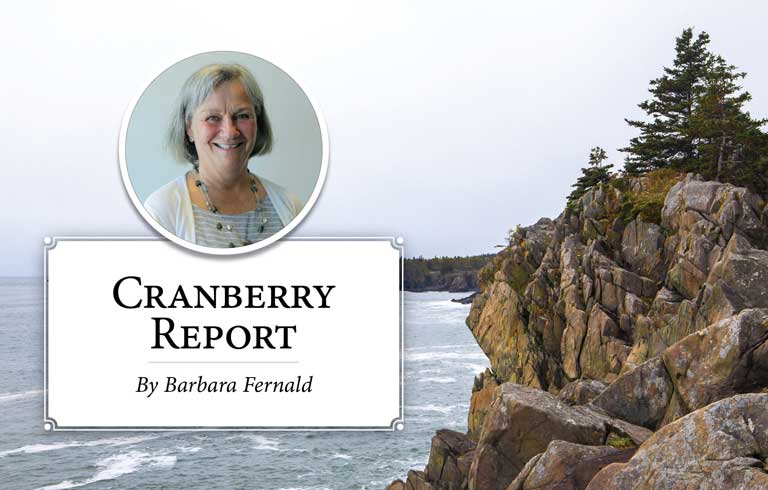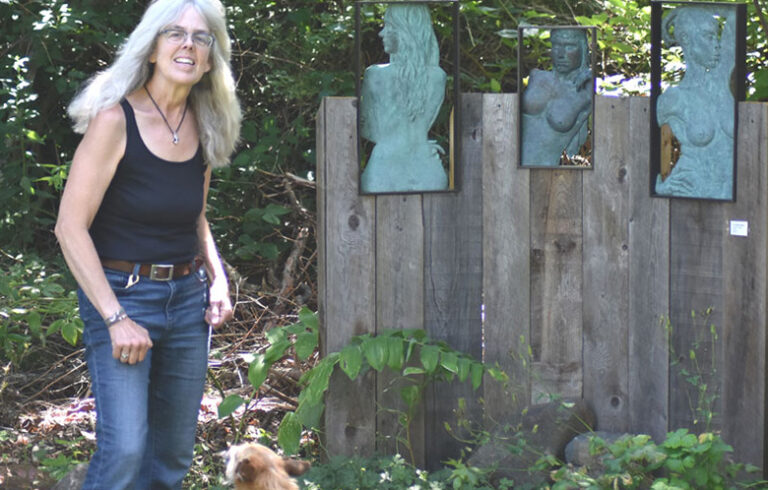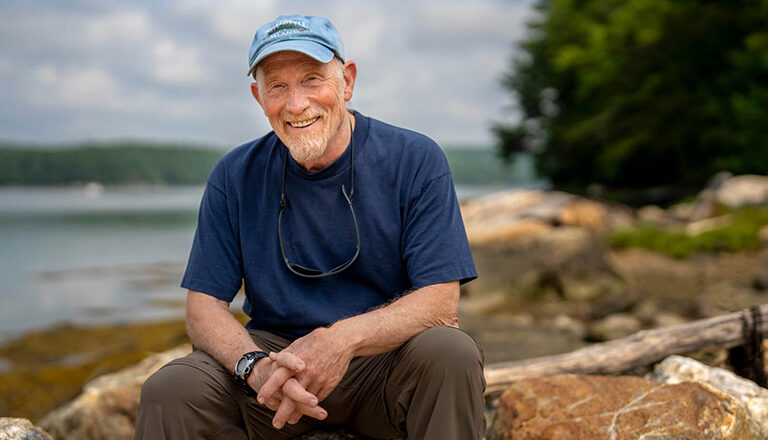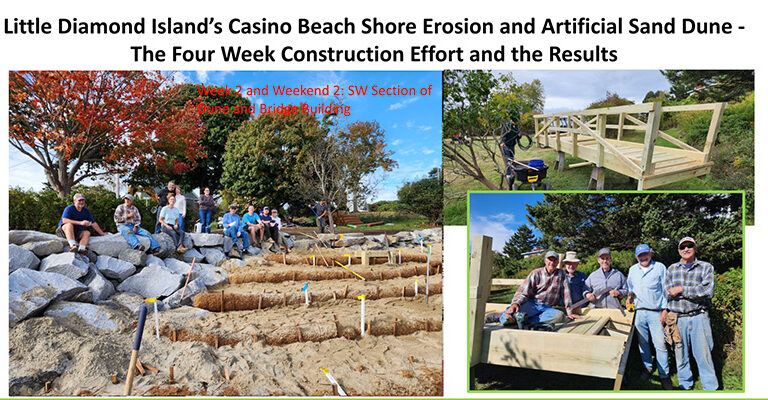My cousin Gail, the eldest of five of us, spoke at my grandmother’s funeral in 1992. What I recall most vividly is her saying, “Without Nanny, we wouldn’t have Islesford.”
I’ve had the privilege of spending summers on little Cranberry Island, also known as Islesford, my whole life, as did my father and my grandmother, Barbara Seelye, who met the man she would marry, Francis Bottome, because they summered next door to each other on Islesford in the early 1900s.
The Seelye house was eventually sold to the Baldwin family and the Bottome house is the one shared with us by my brother and our cousins. It has a unique smell I always associate with childhood summers. With one whiff I summon some of my best early memories of the house and Islesford and I send off some gratitude to our long-gone grandmother.
If we had a rainy spell we built forts on the porch with the wicker chairs and old woolen picnic blankets.
My parents, my brother, and I always got to use the house between mid-June and mid-July. We did a lot of sailing. In the earliest days of the Little Cranberry Yacht club, those who wanted to race met on Saturdays on the museum steps. Kids sailed on anyone’s boat who would take them or got to help in the committee boat.
I also spent a lot of time with Letitia Baldwin, creating outlines of houses on the rocks by the water. We concocted “grusto” from rusty cans and daisy petals to serve an imaginary meal.
On most early mornings my brother and I walked to the store to pick up doughnuts made by Hildegarde and Emerson Ham. They were fried in lard. The chocolate ones rolled in sugar were my favorite. On these forays my brother always “let” me go up the back path first until I realized I was the one clearing all the overnight cobwebs and morning dew out of his way!
We felt pretty important to go to the store unaccompanied by an adult. Later in the day we would go back to the store with a quarter to spend on an assortment of penny candy from the long glass counter.
June was when the biplane flew over the island, just above the tree tops, to spray DDT to kill mosquitoes. Twice we were lucky enough to watch them go right over our house! My childhood summers were mosquito free and I was too young to be aware of the negative environmental impact.
If we had a rainy spell we built forts on the porch with the wicker chairs and old woolen picnic blankets. Bombing bottles was another family activity. Every few days Dad would take all the glass bottles to the beach near low tide and throw them in the water. We would compete to see how many we could sink by throwing rocks at them.
If the phone rang everyone stopped to listen and count the rings. Our ring was “one long, two short.” We were on a party line with seven other houses.
In those days most of the summer homes along the north shore did not have septic systems. As kids, one of the first things we did when we arrived was to flush something down the toilet and race to the beach in time to see it exit the end of the cast iron straight pipe. I’m happy to say there are no more systems like this on the island, but as children it was part of the magic of the house.
At night we fell asleep to the last calls of the hermit thrush, the bongs of the Eastern Way bell buoy, and the soft sounds of the rising tide.
Some things have not changed but for the most part Islesford is quite different than it was in my youth. This is as it should be because change is inevitable. When I hear people lament that the island is no longer what it used to be I get a little defensive. The island still has plenty of magic, in spite all of changes. Of course it’s different, but it’s still special.
What a privilege for me to watch my grandchildren finding their own ways to create their best island memories. Maybe they’ll even write about them in 50 years as an exercise in what has or has not changed on Islesford. Thanks again, Nanny!
Barbara Fernald lives on Islesford (Little Cranberry Island). She may be contacted at Fernald244@gmail.com.





